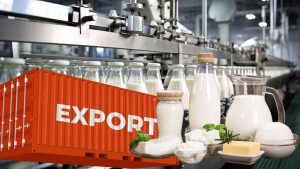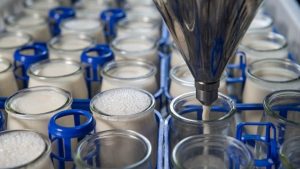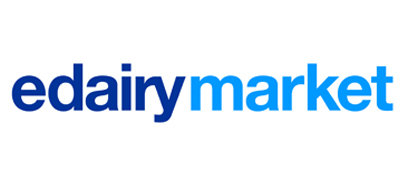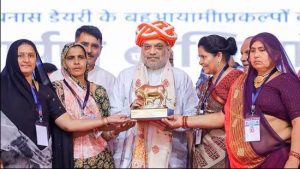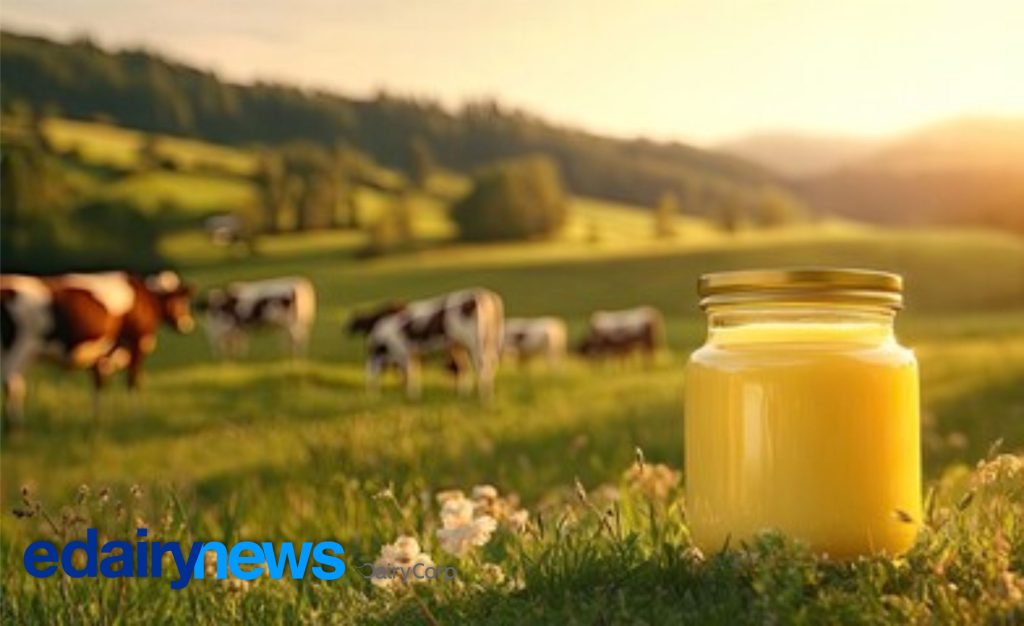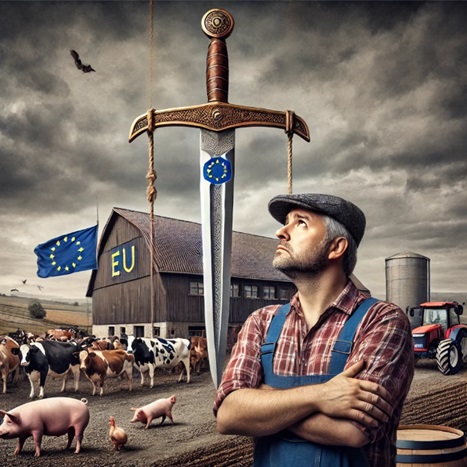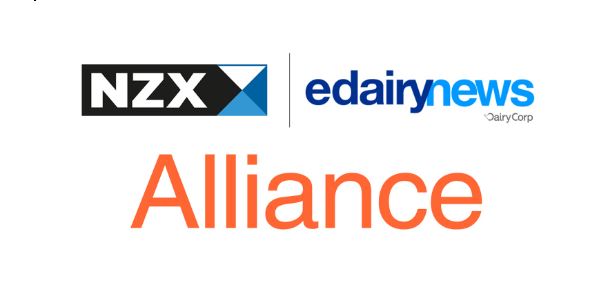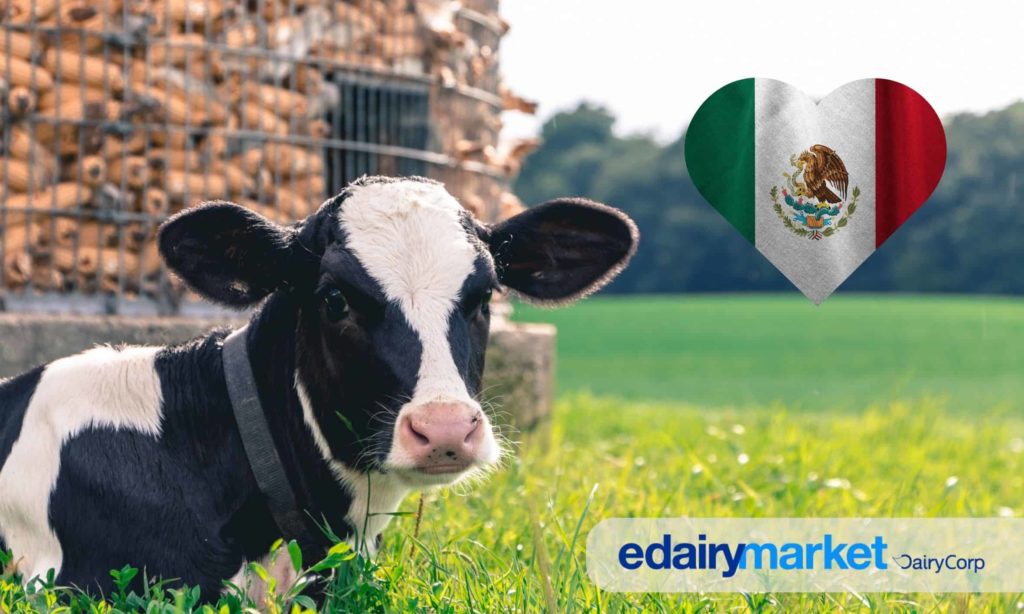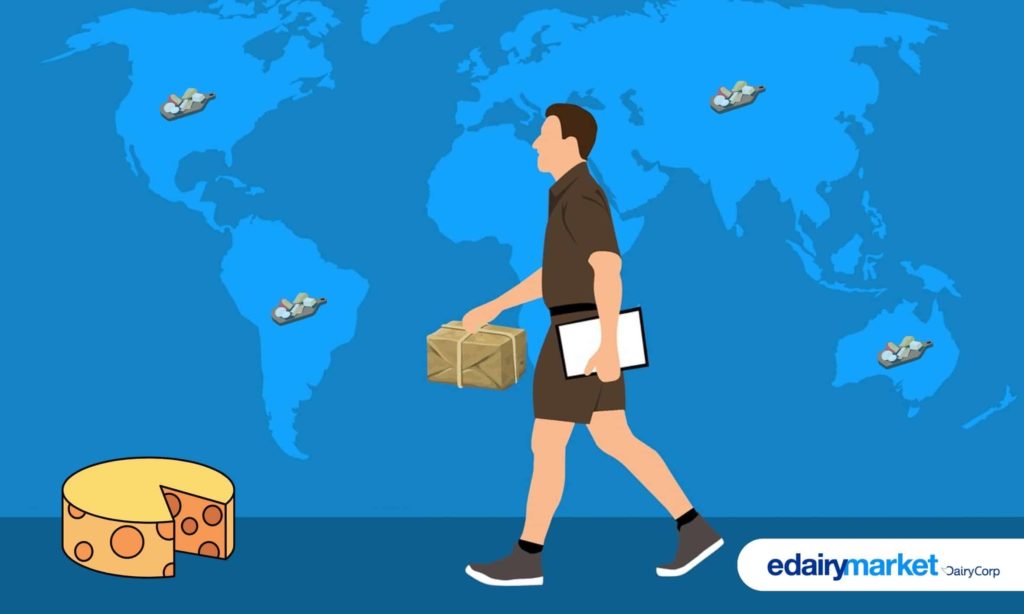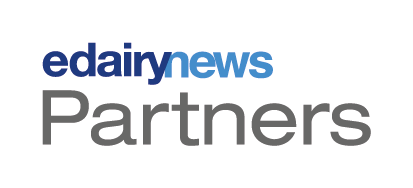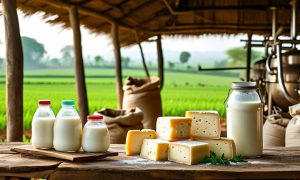
In the verdant heartlands of Gujarat and the misty hills of Uttar Pradesh, where over 80 million smallholder farmers coax life from buffaloes and cows, India’s dairy sector stands as a colossus.
Producing more than 230 million metric tons of milk annually—accounting for a quarter of the world’s supply—India has long been the undisputed giant of volume. Yet, as we navigate the choppy waters of 2025, the conversation in boardrooms from Anand to Delhi is shifting: from sheer production prowess to global export dominance.
Enter New Zealand, the Kiwi powerhouse whose “white gold” exports fuel 3% of its GDP and reach every corner of the globe. At the recent World Dairy Summit 2025 in Santiago, Chile, India’s re-election of Dr. Meenesh Shah to the International Dairy Federation (IDF) board—unopposed for a second term—signaled our rising voice on the world stage.
This milestone isn’t just ceremonial; it’s a clarion call for Indian exporters to emulate New Zealand’s blueprint for turning pasture into profit. As bilateral free trade agreement (FTA) talks resume in Delhi this October, the time is ripe to explore how Kiwi strategies in innovation, sustainability, and market penetration can turbocharge our ambitions.
India’s dairy narrative has evolved dramatically since the White Revolution of the 1970s, spearheaded by the National Dairy Development Board (NDDB). Today, under Dr. Shah’s stewardship as NDDB Chairman, we represent not just volume but vision—advancing global standards in nutrition, animal welfare, and climate-resilient farming.
His unopposed re-election at the IDF Summit underscores India’s “growing leadership in advancing global dairy cooperation and innovation,” as echoed by the NDDB family and the Indian Dairy Association.
This positions us to influence policies on everything from methane reduction to value-added products like UHT milk and whey protein isolates, which are surging in demand amid global health trends.
Yet, while our domestic consumption—projected at 91 million metric tons of fluid milk in 2025—fuels rural livelihoods for 80 million households, exports lag at a mere 1-2% of production.
Contrast this with New Zealand, where 95% of milk output sails overseas, generating $27 billion in export revenue for the year ending June 2025—a 16% leap driven by rebounding Chinese demand and elevated global prices.
New Zealand’s dairy engine hums with precision, a far cry from our fragmented, smallholder-dominated landscape. In the first half of 2025, Kiwi milk production hit 8.71 million metric tons, up 1.4% year-on-year, bolstered by favorable weather and high farmgate prices averaging NZ$9.50 per kg of milk solids.
Export prices surged 7.1% in the March quarter alone, led by whole milk powder and butter, as Stats NZ reports. Fonterra, the world’s largest dairy exporter, dominates this ecosystem, processing 80% of supply into high-value goods like infant formula and functional proteins destined for Asia and the Middle East.
Their secret? A relentless focus on genetics, pasture management, and digital tools—yielding productivity rates of 1,200 liters per cow annually, triple India’s average of 400 liters. As Rabobank’s October 2025 agribusiness update notes, NZ’s spring production swing is “all eyes on global demand,” with Oceania’s peak flows testing resilience amid softening EU output.
For Indian exporters—from Amul’s cooperative giants to emerging players in Tamil Nadu—these metrics aren’t distant envy; they’re actionable blueprints.
First, value addition: NZ’s shift from commodity milk to premium products has buffered against price volatility, with exports climbing 5% in 2024 despite global headwinds. India, with its burgeoning middle class craving yogurt and paneer, can pivot similarly.
Gujarat’s cooperatives, for instance, boosted exports by 6.49% in volume over the past two decades, targeting stable markets like the UAE. Lesson two: Sustainability as a trade enabler. NZ’s He Waka Eke Noa initiative caps methane emissions while subsidizing green tech, earning premium access to eco-conscious buyers in Europe.
Our NDDB is piloting similar AI-driven feed optimization in Rajasthan, potentially lifting yields by 20% and aligning with EU carbon border taxes looming in 2026.
Yet, the real game-changer lies in collaboration. As India and New Zealand resume comprehensive FTA negotiations in Delhi this month—launched in March 2025 after a decade-long hiatus—dairy could unlock $1-2 billion in bilateral trade by 2030. New Zealand prioritizes access to our 1.4 billion-strong market for milk powders and cheeses, but in return, we gain technology transfers in breeding and processing.
Imagine Amul sourcing Kiwi genetics to hybridize high-yield desi breeds, or joint ventures exporting paneer-infused infant foods to Southeast Asia.
The third round of talks in September 2025 already buzzed with such prospects, as reported by eDairyNews, positioning this as a “game-changer” for both. Challenges persist—our dairy lobby’s resistance to imports mirrors NZ’s meat sensitivities—but phased quotas could start at 0.5-2% of demand, fostering gradual integration.
Dr. Shah’s IDF role amplifies these opportunities, advocating for equitable trade rules that protect smallholders while opening doors.
As Policy Circle highlights, resolving non-tariff barriers like visa easing for Kiwi experts could accelerate knowledge exchange in cold-chain logistics—vital for our 40% post-harvest losses. Prime Minister Christopher Luxon’s optimism for a deal “within months” underscores the momentum.
In essence, New Zealand isn’t a rival but a mirror—reflecting what India could become: a $227 billion export behemoth by 2030, blending our scale with their sophistication.
For our cooperatives and exporters, the message is clear: Invest in skills via NDDB programs, lobby for FTA safeguards, and partner boldly. As Dr. Shah noted post-Summit, “This re-election stands as a strong testament to… India’s pivotal role.” Let’s seize it—not just to feed the world, but to lead it.
EDAIRYNEWS




